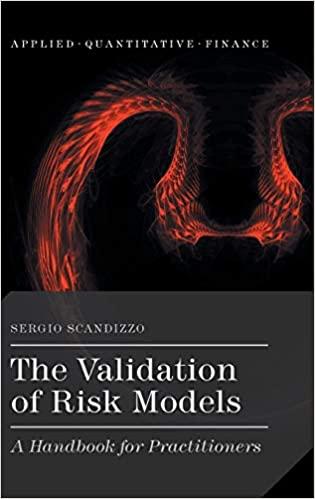Answered step by step
Verified Expert Solution
Question
1 Approved Answer
A) Lucy bought a house that costs $200,000. Lucy will sell the house 3 years after purchase. Suppose the house price grows 10% annually (compounded
A) Lucy bought a house that costs $200,000. Lucy will sell the house 3 years after purchase. Suppose the house price grows 10% annually (compounded
annually). Buying costs are 5% of the purchase price of the house. Selling costs are 8% of the selling price of the house. Lucy's income tax rates are 20%
average and 25% marginal.
Lucy financed the purchase out of pocket (no mortgage). Lucy's annual cost of ownership net of tax savings is exactly equal to the annual rent she would
have paid to live in the same house.
Find the IRR of Lucy's investment.
B) How much more could Lucy bid for the house to keep the IRR nonnegative? A longer explanation: how many dollars you can add to 200,000 so that IRR
goes down to zero. Buying costs still apply (e.g. if you bid extra $100, you actually pay extra $105). Keep the selling price the same as in part A (i.e. if you
bid more, the selling cash flow does not go up).
Step by Step Solution
There are 3 Steps involved in it
Step: 1

Get Instant Access to Expert-Tailored Solutions
See step-by-step solutions with expert insights and AI powered tools for academic success
Step: 2

Step: 3

Ace Your Homework with AI
Get the answers you need in no time with our AI-driven, step-by-step assistance
Get Started


